Deploy Containers to AWS using Docker ECS Plugin
Deploy Containers to AWS using Docker ECS Plugin
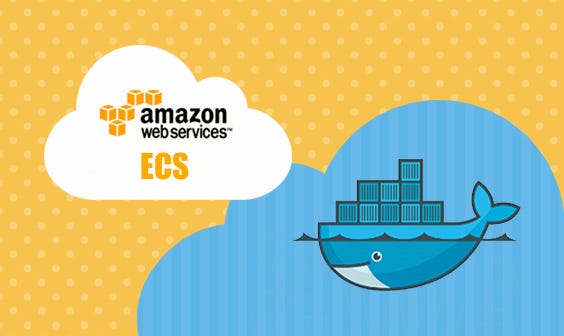
Containers are good, we love them. Amazon Elastic Container Service(ECS) is also good, and we like it, but the least likable aspects of ECS are deployments and creating necessary resources on AWS. Docker recently announced ECS integration through a new plugin that integrates Docker CLI and AWS seamlessly. For this tutorial, we are going to deploy WordPress installation using only Docker CLI with the help of the new ECS plugin.
The new plugin is only available in Docker edge releases.
https://www.docker.com/products/docker-desktop
Let’s start by describing the Docker Compose template that we are going to use. We will be using the necessary Docker images from Bitnami.
Now we can set the ECS plugin, before that, we have to agree on the new ARN format for ECS on AWS. ECS plugin depends on the new format, and if you didn’t agree with the new ARN changes, you won’t be able to install the plugin correctly.
https://console.aws.amazon.com/ecs/home?#/settings

Next step, setting up the ECS plugin. I chose an existing AWS profile named admin here. You have to choose the same account that you agree on ARN changes.

We need to switch to using the new context.

All good. We can start with the deployment.
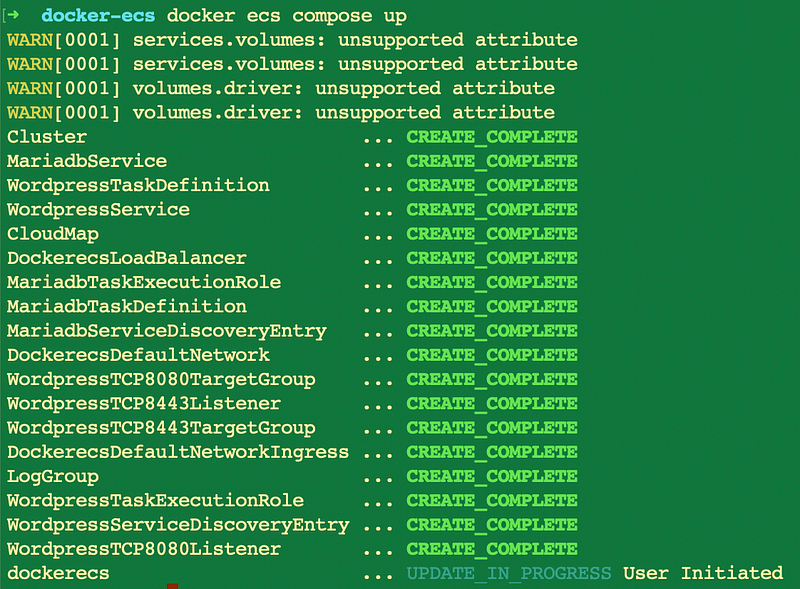
Docker ECS plugin uses Cloudformation under the hood, we can check which resources are created by checking the Cloudformation console.
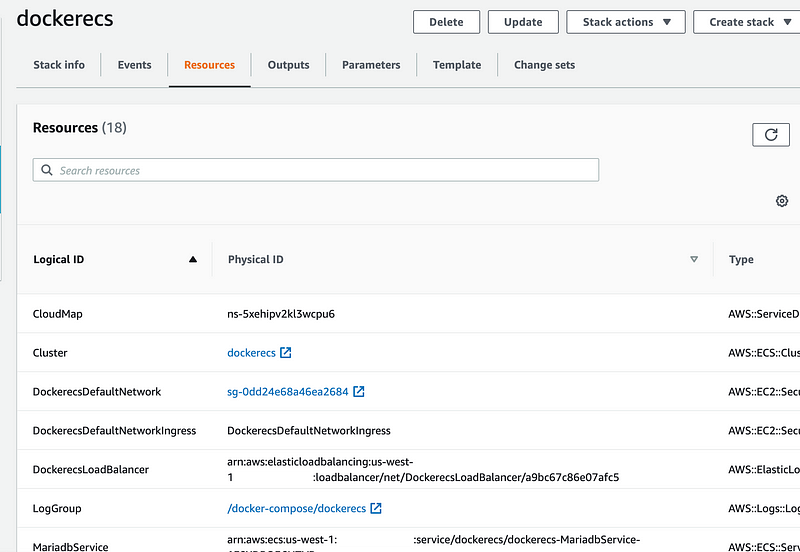
We can get the running services via Docker CLI

Logs are stored in Cloudwatch, we can get it either via Docker CLI command or through Cloudwatch console.
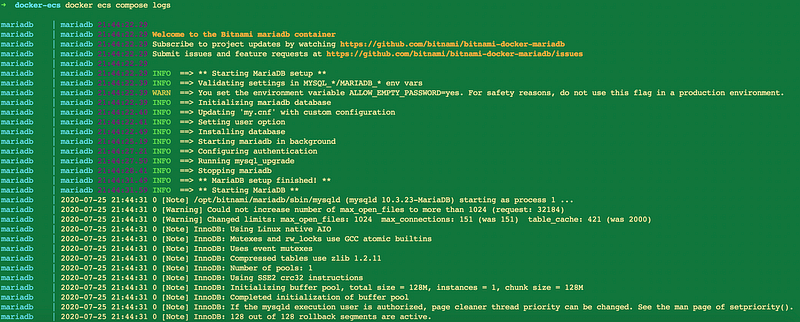
Head over to EC2 console and go to the Load Balancing section, there you should able to see the Load Balancer created by the ECS plugin.
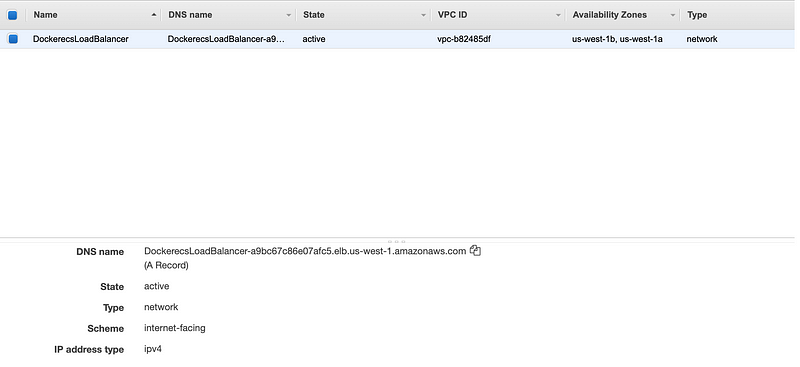
Copy the DNS name and try to visit the port 8080 where WordPress service is running.
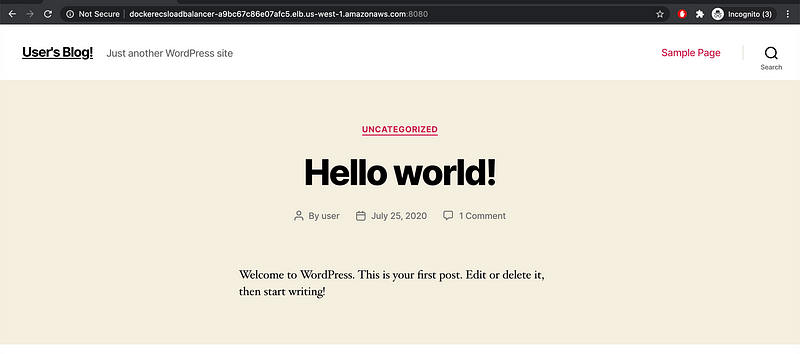
Brilliant and all of these things are managed by Docker CLI, no need to install anything. You can also use images that are hosted in Docker Hub or the images hosted on Amazon Elastic Container Registry (ECR).
After you are done with this tutorial, don’t forget to remove the resources.
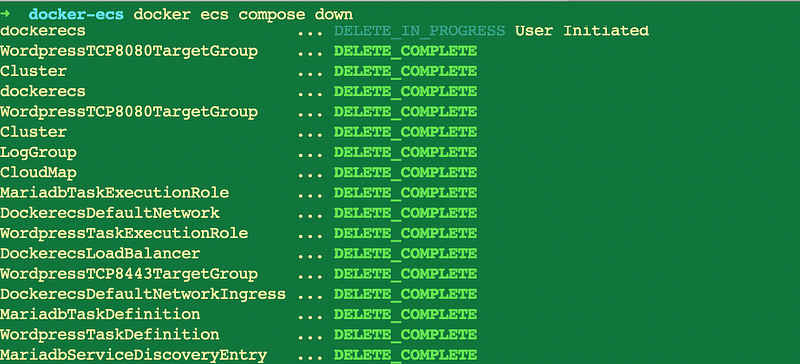
Although this a beta feature for Docker CLI and it is still in the development process, we will keep an eye on future developments and update our readers as the project evolves.
